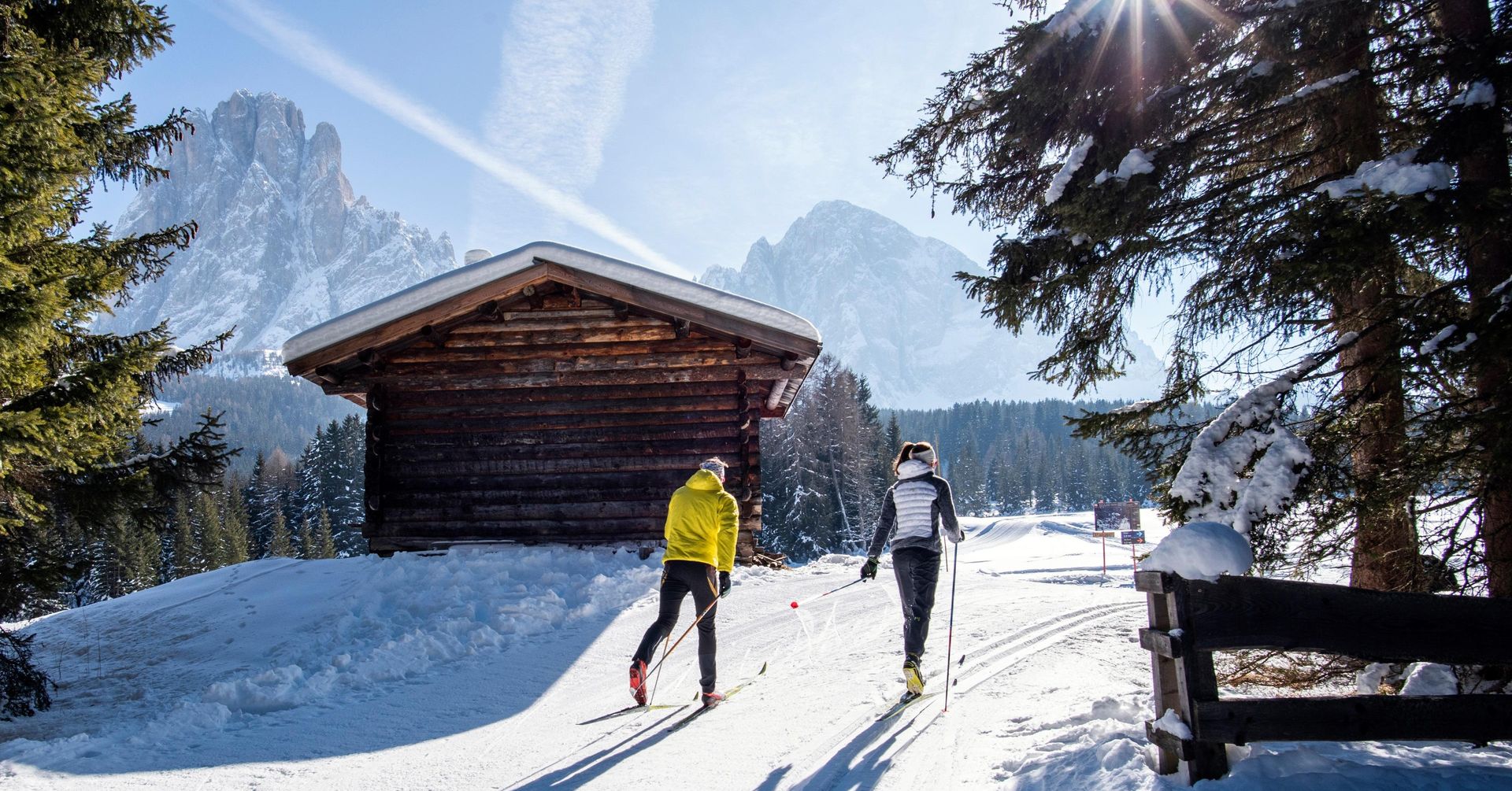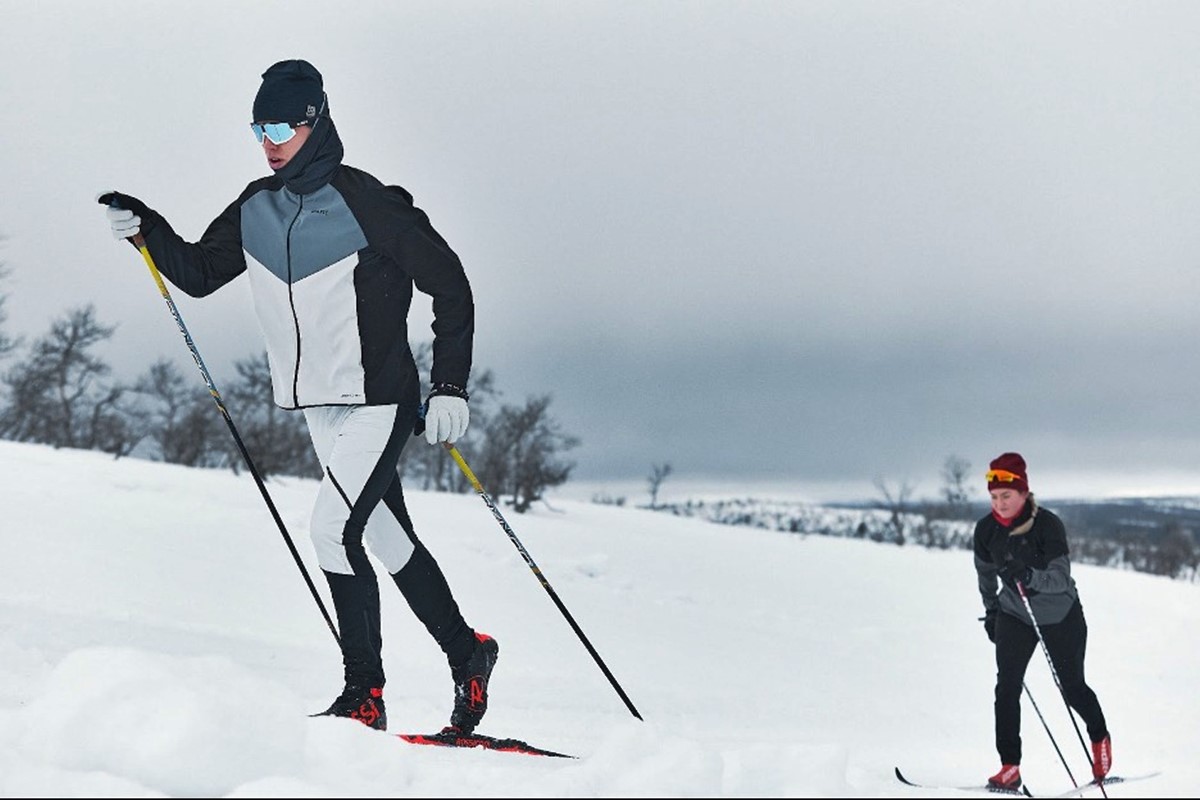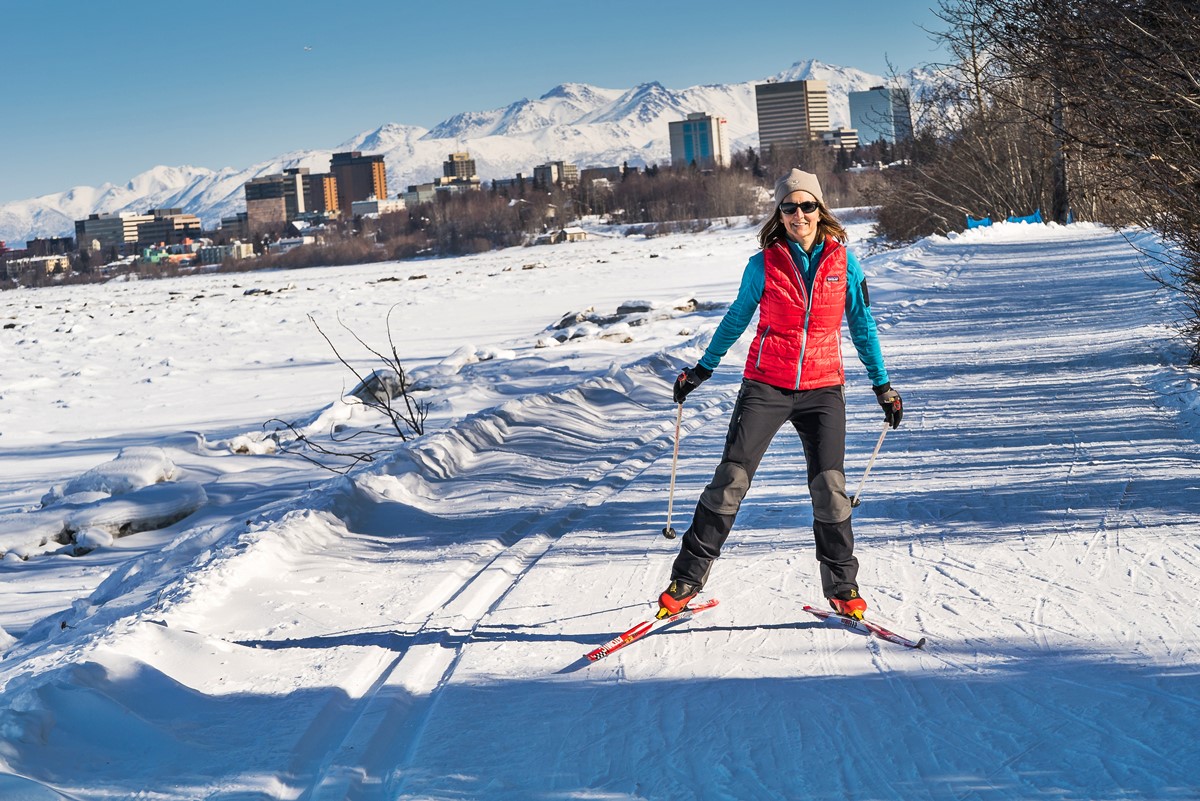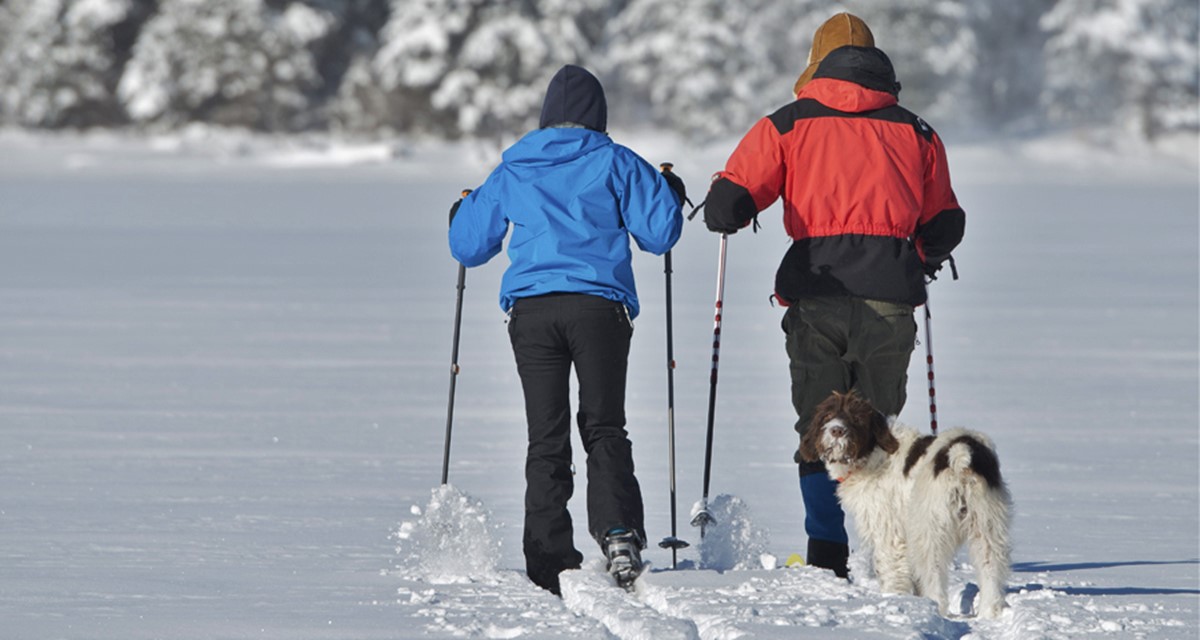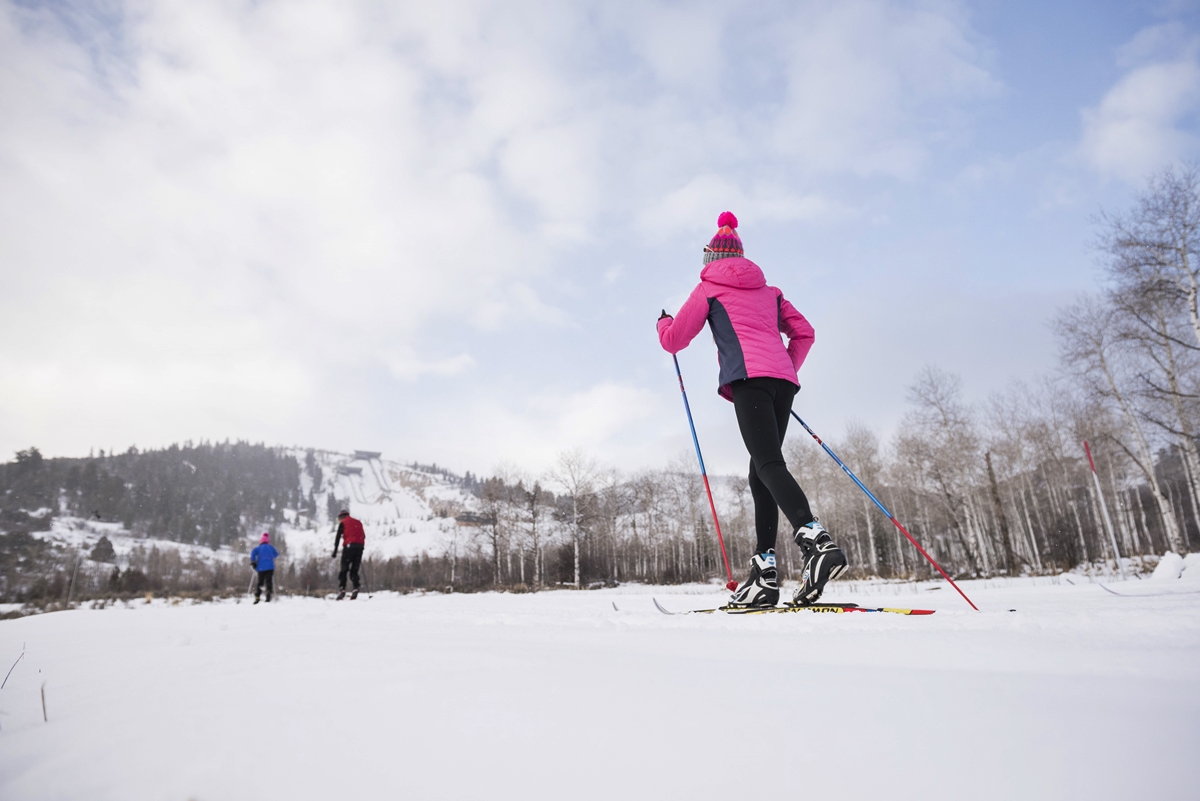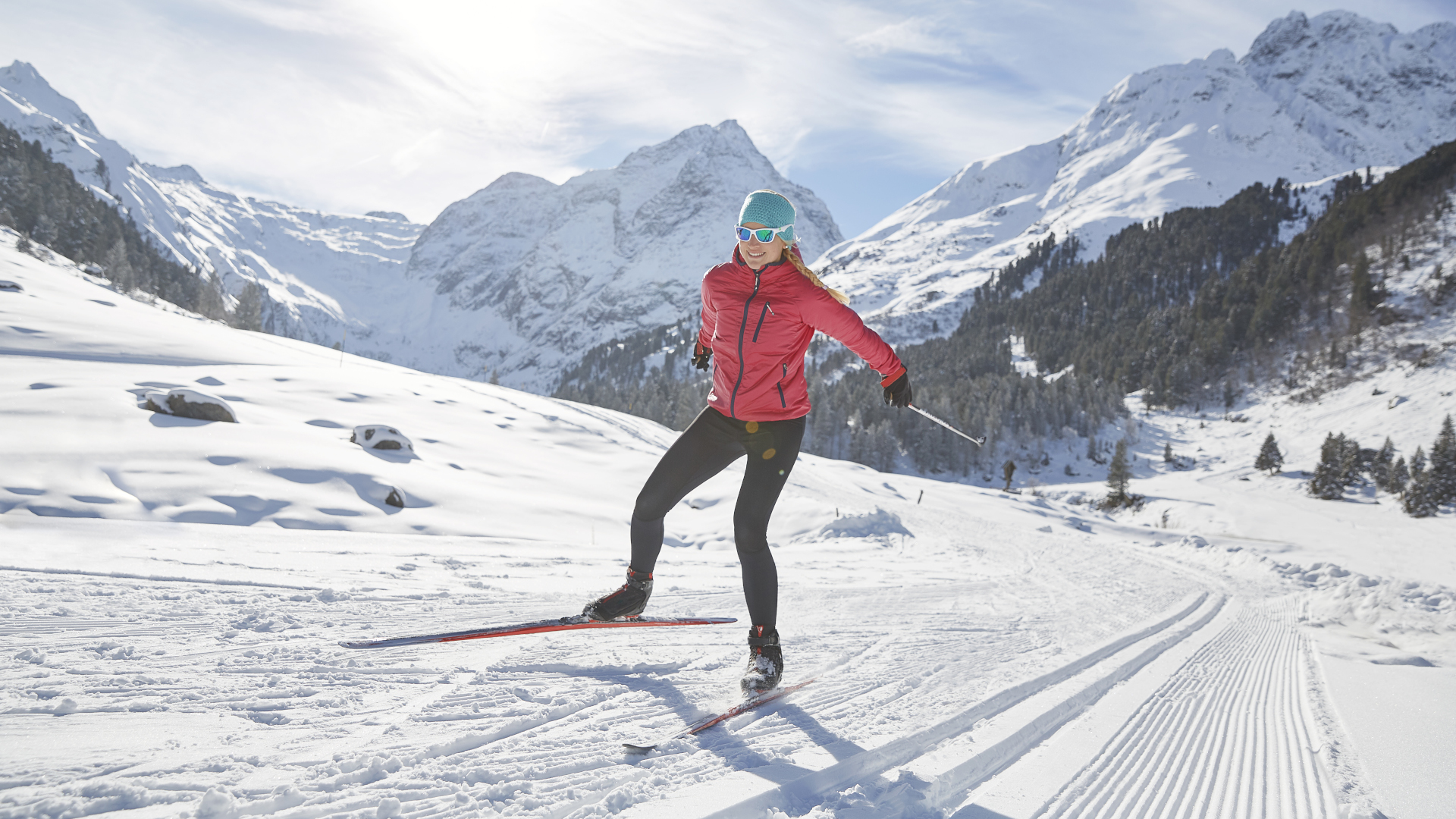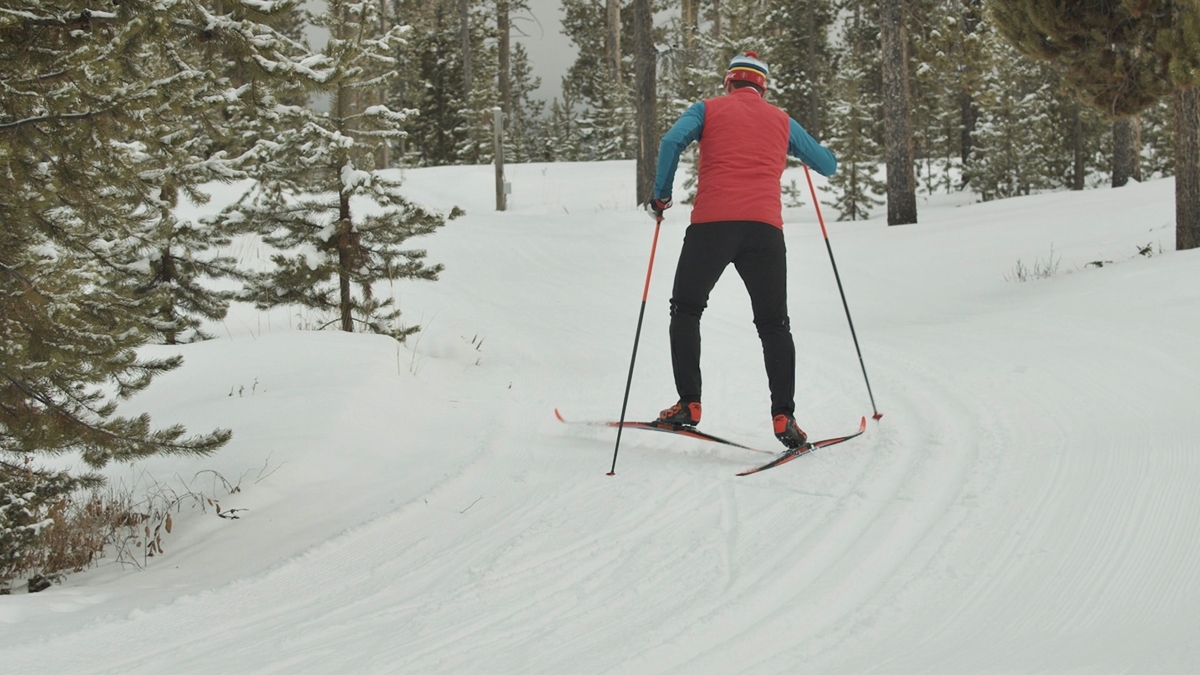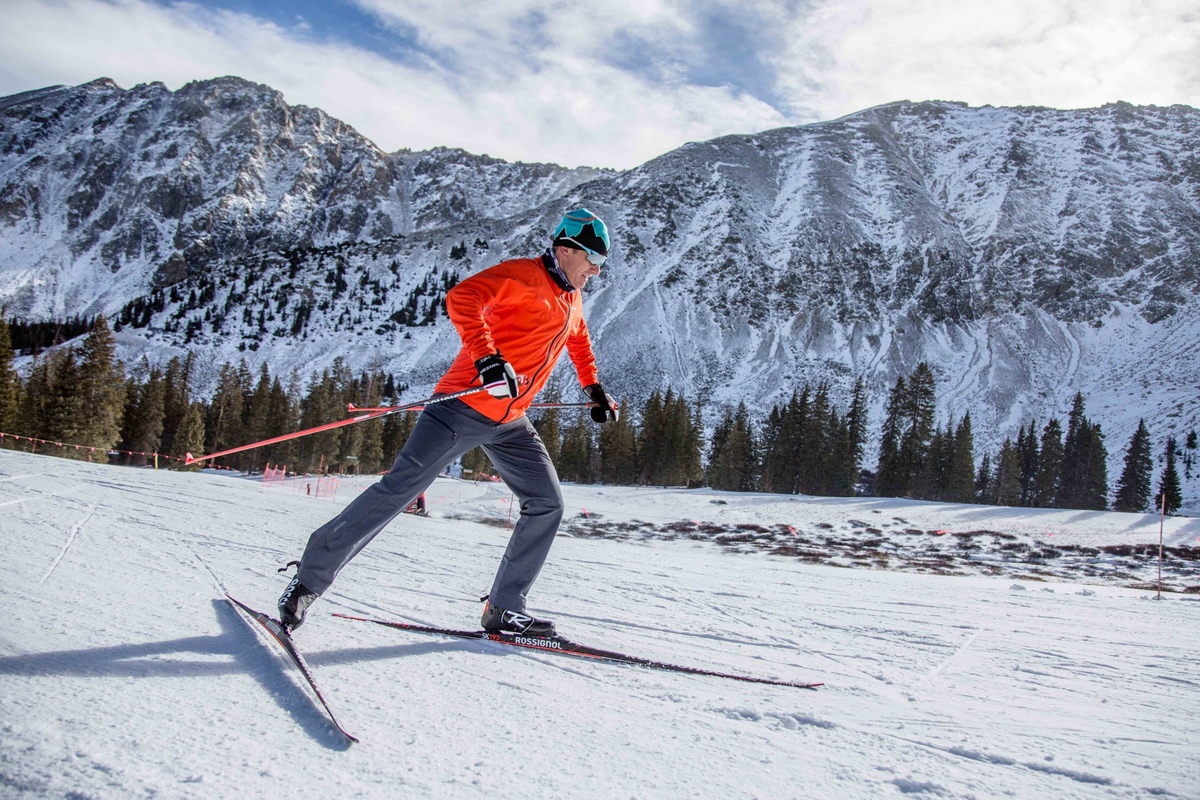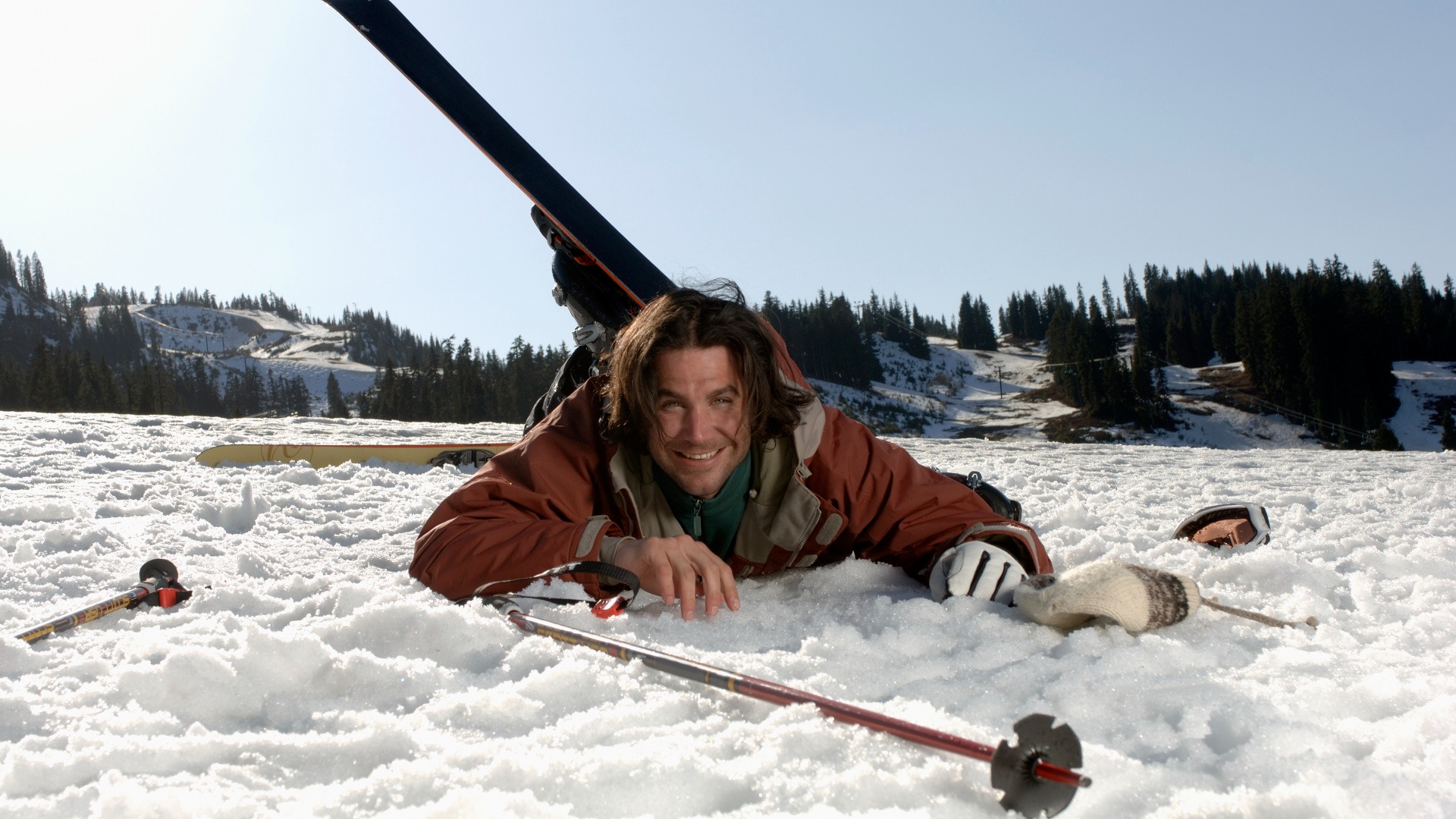Home>Misc>Featured>What Size Of Cross Country Ski Poles Do I Need
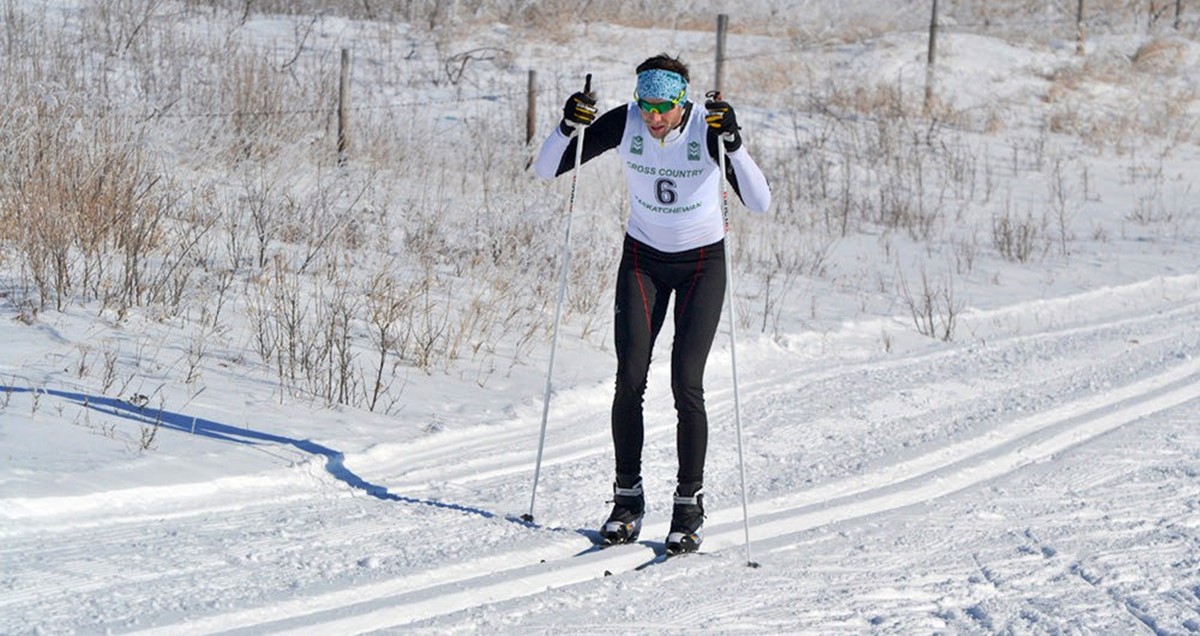

Featured
What Size Of Cross Country Ski Poles Do I Need
Modified: May 22, 2024
Find the perfect size of cross country ski poles with our featured guide. Stay balanced and efficient on your next winter adventure.
Introduction
When it comes to cross country skiing, choosing the right equipment is essential for a successful and enjoyable experience. While most attention is focused on selecting the right skis and boots, often overlooked are the cross country ski poles. However, these seemingly simple accessories play a crucial role in providing balance, propulsion, and stability during your skiing adventures.
But with various pole lengths available, determining the correct size can seem like a daunting task. The length of your cross country ski poles will greatly impact your performance, efficiency, and overall comfort on the trail. Selecting the appropriate size depends on several factors including your body proportions, skiing technique, and the type of terrain you plan to ski on.
In this article, we will explore the different factors to consider when choosing the right size of cross country ski poles. By understanding these key considerations, you will be better equipped to make an informed decision and maximize your skiing experience.
Factors to Consider
When determining the size of your cross country ski poles, there are several important factors to consider. These factors will help ensure that your poles are the right length for your body, skiing technique, and terrain:
- Body Proportions: Your height and arm length are key factors in selecting the appropriate pole length. Taller individuals generally require longer poles, while shorter individuals benefit from shorter poles. It’s important to measure your arm length accurately, as this will play a significant role in finding the right pole size.
- Skier Technique: Your skiing technique also influences the pole length. If you have an aggressive or powerful technique, longer poles can provide more power and push-off during each stride. On the other hand, if you have a more relaxed or recreational technique, shorter poles may be more suitable for maintaining balance and control.
- Terrain and Style: The type of terrain you plan to ski on and your skiing style can affect the pole length. For groomed trails or flat terrain, shorter poles are generally preferred as they offer better maneuverability. For off-trail or backcountry skiing, longer poles provide more stability and help with climbing uphill.
- Sizing Guidelines: Most manufacturers provide sizing charts or guidelines to help you choose the right size of cross country ski poles based on your height and skiing ability. These guidelines can serve as a useful starting point in determining the appropriate length.
By understanding and considering these factors, you can make a more informed decision when it comes to selecting the right size of cross country ski poles. However, keep in mind that individual preferences and comfort are also important factors to take into account.
Body Proportions
One of the key factors to consider when selecting the right size of cross country ski poles is your body proportions. Your height and arm length play a vital role in determining the appropriate pole length for optimal performance and comfort during skiing.
Generally, taller individuals will require longer poles, while shorter individuals will benefit from shorter poles. However, it’s important to note that individual body proportions can vary, so it’s crucial to measure your arm length as well.
To measure your arm length, stand upright with your arms extended out to the sides. Have someone measure the distance from the ground to the middle of your palm. This measurement will give you an idea of your ideal pole length.
As a general guideline, if your arm length measurement falls between two pole lengths, it’s best to opt for the longer size. This will ensure that you have enough reach and power during each pole plant.
It’s worth mentioning that some skiers may prefer slightly shorter or longer poles based on their skiing style and personal preference. However, it’s essential to find a balance between comfort and functionality.
Additionally, keep in mind that adjustable poles are available on the market. These poles allow you to shorten or lengthen them based on your needs, making them a versatile option for skiers with varying body proportions or skiing styles.
When it comes to body proportions, it’s crucial to find the right balance between your height, arm length, and the desired performance on the trail. Taking the time to measure your arm length and consider your overall proportions will help you select the appropriate size of cross country ski poles for a more enjoyable skiing experience.
Skier Technique
Another important factor to consider when determining the size of your cross country ski poles is your skier technique. Your skiing technique plays a significant role in how you use your poles for balance, power, and propulsion.
If you have an aggressive or powerful skating technique, you may benefit from longer poles. Longer poles provide more leverage and power during each pole plant, helping you generate more speed and efficiency on the trail. They also provide stability and support during challenging terrain or when climbing uphill.
On the other hand, if you have a more relaxed or recreational skiing technique, shorter poles may be more suitable. Shorter poles offer better control and maneuverability, especially on groomed trails or flat terrain. They allow for quicker and easier pole plants, enhancing your balance and rhythm during each stride.
It’s important to consider your skiing goals and the type of terrain you most frequently encounter. If you primarily ski on groomed trails or prefer a more leisurely skiing experience, shorter poles can provide the comfort and control you need. However, if you’re an advanced skier or often venture into challenging terrains, longer poles may be more advantageous.
It’s also worth noting that skier technique can vary depending on personal preference and skill level. Some skiers may naturally prefer longer or shorter poles based on their skiing style. Therefore, it’s essential to experiment and find the pole length that feels most comfortable and effective for your specific technique.
Ultimately, selecting the right size of cross country ski poles based on your skier technique will help enhance your performance and enjoyment on the trails. Whether you’re seeking power and speed or control and maneuverability, considering your skiing style is crucial in finding the optimal pole length.
Terrain and Style
The type of terrain you plan to ski on and your skiing style are significant factors to consider when determining the size of your cross country ski poles. Different terrains require different pole lengths to optimize your performance and enjoyment on the trail.
If you primarily ski on groomed trails or flat terrain, shorter poles are generally preferred. Shorter poles offer better maneuverability and allow for quicker and easier pole plants. They aid in maintaining balance and rhythm during each stride, especially in tight turns or when skiing in crowded areas.
For off-trail or backcountry skiing, longer poles are typically more suitable. Longer poles provide additional stability and support, helping you navigate uneven and challenging terrains. They also assist in climbing uphill, offering better leverage and power during each pole plant.
When considering terrain, it’s important to take into account the specific environment, such as the type of snow conditions and elevation changes you anticipate. For example, if you frequently encounter deep snow or steep hills, longer poles can aid in providing the necessary support and propulsion.
Furthermore, your skiing style can also influence the pole length you choose. If you have a more aggressive or dynamic skiing style, longer poles can provide the power and push-off you need for quick and forceful movements. On the other hand, if you prefer a more relaxed or moderate style, shorter poles can offer better control and stability.
Ultimately, by considering the terrain you’ll be skiing on and your skiing style, you can select the appropriate size of cross country ski poles. Whether you prefer groomed trails, backcountry exploration, or a combination of both, finding the right pole length will greatly enhance your performance and enjoyment on the snow.
Sizing Guidelines
When it comes to selecting the right size of cross country ski poles, many manufacturers and retailers provide sizing guidelines or charts to assist you in making an informed decision. These guidelines can serve as a useful starting point in determining the appropriate pole length for your height and skiing ability.
Typically, sizing charts will recommend a specific pole length range based on your height. For example, if you are between 5’6″ and 5’9″ (167-175 cm), the chart may suggest a pole length range of 135-145 cm. It’s important to note that these guidelines may vary slightly between different brands, so be sure to consult the specific sizing recommendations provided with the poles you are considering.
These charts are designed to provide a general recommendation, taking into account the average body proportions of skiers. However, keep in mind that individual preferences, skiing style, and other factors discussed earlier should also be considered when selecting the right pole length.
If you are an intermediate or advanced skier, you may consider sizing up or down within the recommended range based on your skiing style and personal preference. For example, if you prefer a more aggressive and powerful technique, you might lean towards the longer end of the recommended range. On the other hand, if you value maneuverability and control, you might opt for a slightly shorter pole length within the range.
Remember to take these sizing guidelines as a starting point and use them as a reference. It’s important to try on and test different pole lengths to find the one that feels most comfortable and effective for your individual needs.
By utilizing the sizing guidelines provided by manufacturers and considering your own preferences, you can make a well-informed decision when selecting the right size of cross country ski poles for your height and skiing ability.
Choosing the Right Length
Choosing the right length of cross country ski poles requires careful consideration of various factors, including body proportions, skiing technique, terrain, and personal preference. By keeping these factors in mind, you can make an informed decision that maximizes your performance and comfort on the trails.
Start by measuring your height and arm length to determine a baseline pole length recommendation. Most manufacturers provide sizing charts or guidelines based on height, which can serve as a useful starting point. However, remember that these are general recommendations, and individual variations may exist.
Consider your skiing technique and style. If you have an aggressive and powerful skating technique, longer poles may provide more power and push-off. If you have a more relaxed or recreational technique, shorter poles could offer better control and maneuverability. Adjust the pole length accordingly based on your preferred technique.
Take into account the terrain you plan to ski on. Shorter poles are generally favored for groomed trails and flat terrain, providing easier maneuverability. Longer poles are usually preferred for off-trail or backcountry skiing, as they offer better stability and support, particularly during uphill climbs.
Remember, personal preference plays a significant role. Some skiers may prefer a slightly shorter or longer pole for their comfort and style. Consider experimenting with different lengths to find what feels most comfortable and efficient for you.
Additionally, consider adjustable poles, which allow you to fine-tune the length for different skiing conditions or preferences. These can be a versatile option for individuals with varying body proportions or skiing styles.
Ultimately, choosing the right length of cross country ski poles is a combination of science and personal preference. Use the sizing guidelines as a starting point but be open to adjustments based on your individual needs. The goal is to find a pole length that provides the right balance of power, stability, maneuverability, and comfort for your skiing experience.
Adjusting and Testing
Once you have selected a potential size for your cross country ski poles, it’s important to adjust and test them to ensure the best fit and functionality. Here are some steps to take when adjusting and testing your poles:
- Adjusting Length: If you have chosen fixed-length poles, adjust the length according to the recommended size. For adjustable poles, set them to the desired length based on your preferences and the factors discussed earlier.
- Strap Adjustment: Make sure the straps on your poles are properly adjusted. They should allow for a secure grip without constricting your hand or wrist movement. Adjust the straps to fit comfortably and securely around your hand.
- Testing on Flat Ground: Start by testing the poles on flat ground or a gentle slope. Pay attention to how the poles feel in your hands and how they impact your balance and stride. Ensure that you can comfortably plant the pole and push off without strain.
- Testing on Various Terrain: Take your poles for a test run on different types of terrain that you plan to ski on. This can include groomed trails, challenging hills, or even off-trail backcountry areas. Assess how the poles perform on each terrain, considering elements such as stability, power, and maneuverability.
- Comfort and Control: Pay attention to your overall comfort and control while using the poles. Ensure that the length allows for a natural stride and a balanced posture. If you experience any discomfort or difficulty, consider adjusting the pole length accordingly.
Remember, it may take some trial and error to find the perfect fit, so be patient and willing to make adjustments as needed. It’s crucial to test the poles in real skiing conditions to get a true sense of their performance and how they enhance your skiing experience.
Lastly, consult with experienced skiers, instructors, or retailers who have expertise in cross country skiing. They can provide valuable insights and guidance on adjusting and testing your poles to ensure optimal performance on the trails.
By taking the time to adjust and test your cross country ski poles, you can fine-tune the fit and ultimately enjoy a more comfortable, efficient, and enjoyable skiing experience.
Conclusion
Choosing the right size of cross country ski poles is crucial for maximizing your performance, comfort, and enjoyment on the trails. Factors such as body proportions, skiing technique, terrain, and personal preference all play a role in determining the appropriate pole length.
Take into account your height, arm length, and the sizing guidelines provided by manufacturers as a starting point. Consider your skiing technique and style, as well as the type of terrain you plan to ski on. Adjusting and testing the poles on various terrains and slopes will help you find the ideal fit.
While the guidelines and recommendations are helpful, it’s important to remember that individual preferences and comfort should also be prioritized. Adjustments may be necessary based on your unique skiing style and preference.
Keep in mind that adjustable poles can offer versatility, allowing you to fine-tune the length as needed. This option is especially beneficial if you have varying body proportions or switch between different terrains.
Lastly, don’t hesitate to seek advice from experienced skiers, instructors, or retailers who can provide valuable insights and recommendations based on their expertise.
By carefully considering these factors and conducting thorough testing, you can find the perfect size of cross country ski poles that enhance your skiing performance, stability, and comfort on every adventure. Happy skiing!
